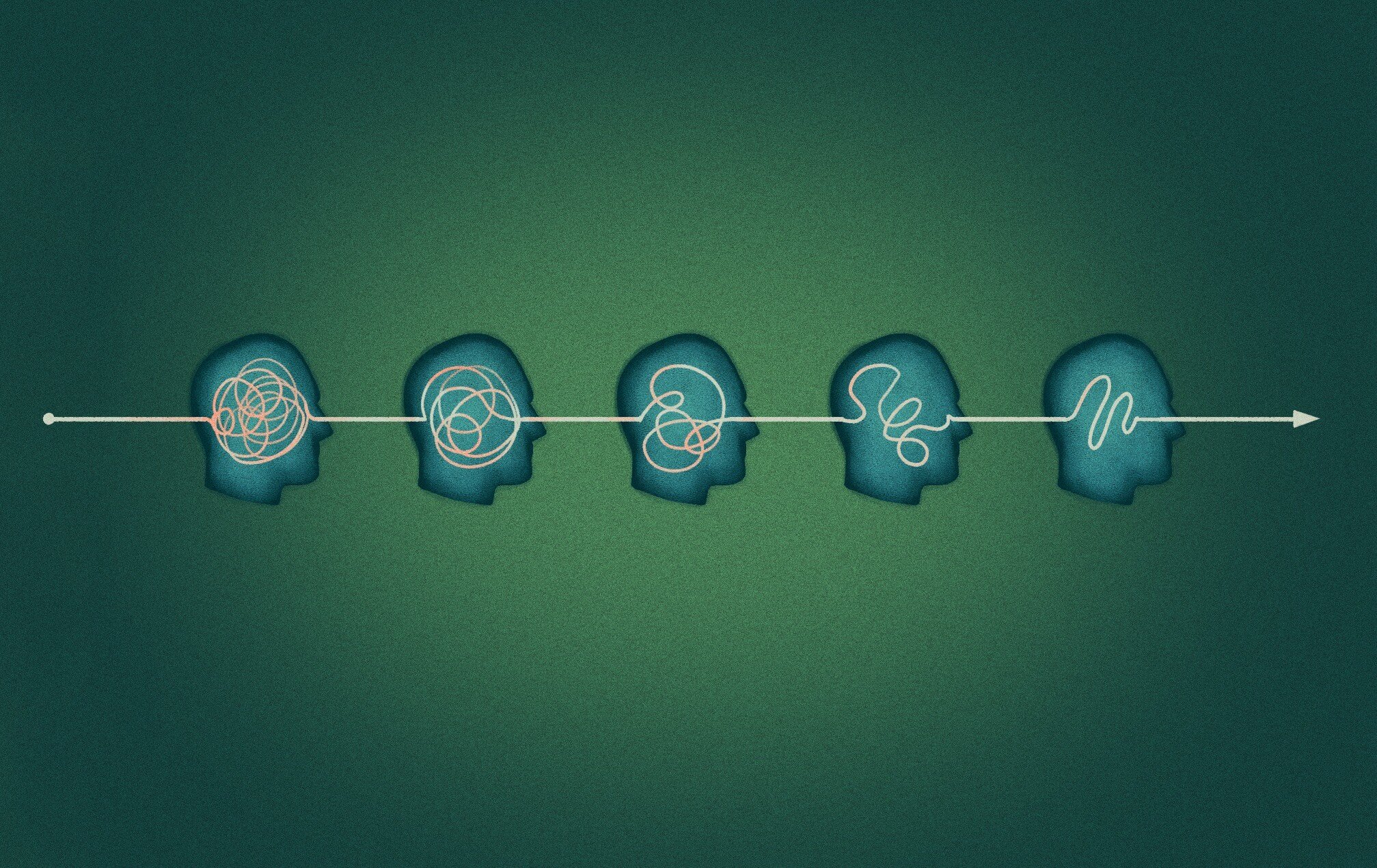Whether you’ve noticed or not, when you are in distress or upset your breath quickens and becomes shallow. The reason is that emotions impact the way you breathe.
But did you know that the reverse is also true? You can change how you feel just by changing the way that you breathe. Breathing techniques are a crucial pain management tool for those living with chronic pain.
Pain Often Causes Stress
Pain begins as a “danger” signal that travels from an area of the body, perhaps damaged tissue or bone, through nerves to the spinal cord and up to the brain, the biggest nerve center of all. If the brain perceives enough threat, the sensation of pain is created.
When the body is in pain many changes occur. One of the most common is the stress response – known as the fight, flight or freeze reaction. When this happens our bodies release stress hormones (adrenaline or cortisol) while our muscles tense, blood pressure rises, heart rate increases, and breath quickens. This is all to prepare the body for action and defense.
While these physical changes might come in handy if you’re running away from a bear, they can be very detrimental to the body if they are maintained over a long period of time.
The Pain-Stress Cycle
When pain persists over a long period of time, chronic stress often follows and the sensation of pain and the feeling of stress become intertwined. What makes it worse is that stress – from work, relationships, or just the pressures of daily life – is often a trigger for pain. What results is a cycle: stress leads to pain, which then leads to more stress.
This is bad news for the body as chronic long term stress is associated with poor health outcomes and co-occurring conditions such as diabetes, cardiovascular disease, autoimmune diseases, and depression.
Using the Breath as a Pain Relief Tool
Breathing acts as a “switch” that allows us to access the nervous system and change how the body responds to pain and related stress and anxiety.
Pain and stress cause breathing to come from the chest in rapid, shallow movements. By shifting the breath from the chest to the belly and focusing on slow, deep breathing, you can actually reverse the body’s stress response. This is called diaphragmatic breathing (or belly breathing) and helps the body to relax.
While it might sound simple, for those who have been stuck in the “stress response” breathing pattern, it takes practice. That’s where breathing exercises can help. The good news is that slow breathing through the diaphragm is how our bodies are supposed to work. So with some practice, it will come naturally. So naturally that babies do it!
Practice Belly Breathing To Reduce Pain and Stress
Follow along with the steps below to try this belly breathing exercise for yourself.
Practicing this for 2-3 minutes at a time, a few times a day will help you be able to recall it easily when in pain or experiencing stress. Remember that practicing relaxation should be relaxing! Try not to get frustrated or stressed over getting it exactly right. Any small changes you make will have a positive impact and this practice will get easier over time.
Step 1: Lie down on your back with your knees bent or straight.
It is easier learning this while laying down versus seated. Feel free to use a pillow under your knees or a supportive wedge under your legs.
Step 2: Place one hand on your abdomen and one on your chest.
Placing your hands like this creates personal “biofeedback tools” to make sure you are breathing properly.
Step 3: As you breathe, try to shift more of your breath into your bottom hand on the abdomen.
You’ll know you’re doing it right if you feel your hand rising as your belly inflates and your “balloon belly” deflating as you exhale.
Step 4: Focus on trying to move more of your bottom hand (the diaphragm) than your top hand (the chest).
This is helping to train your diaphragm to do the majority of the work. Once you’ve got the hang of this, you can practice other breathing techniques.
Step 5: Once you notice your breath is moving more into your bottom hand with ease, try this sequence to deepen and slow your breathing.
- Inhale for 2 seconds, exhale for 2 seconds.
- Inhale for 3 seconds, exhale for 3 seconds.
- Inhale for 4 seconds, exhale for 4 seconds.
- Inhale for 4 seconds, exhale for 5 seconds. This slightly longer exhale helps to calm the nervous system.
Interested in how RealizedCare can support your employees pain management needs ? Get in touch.



